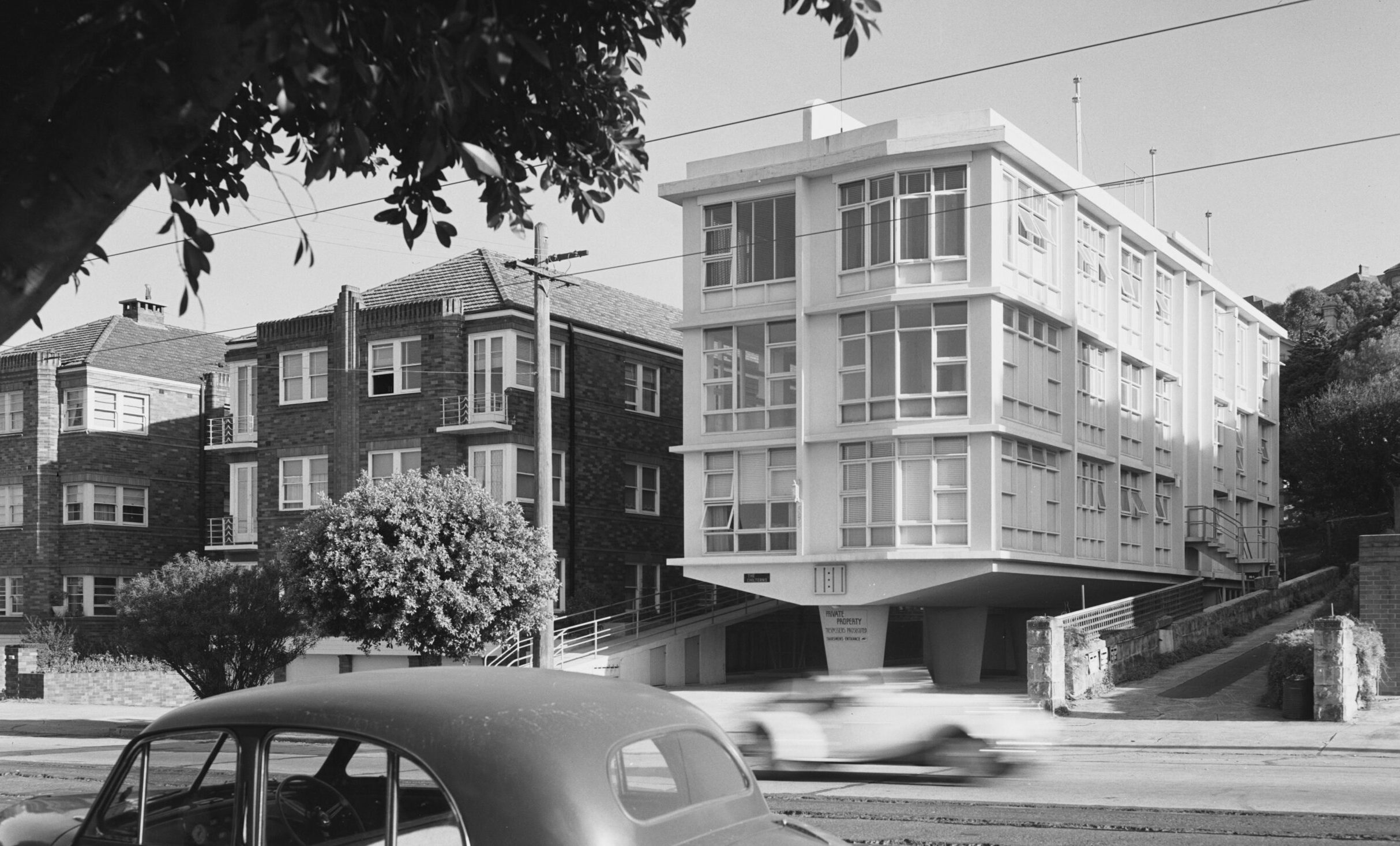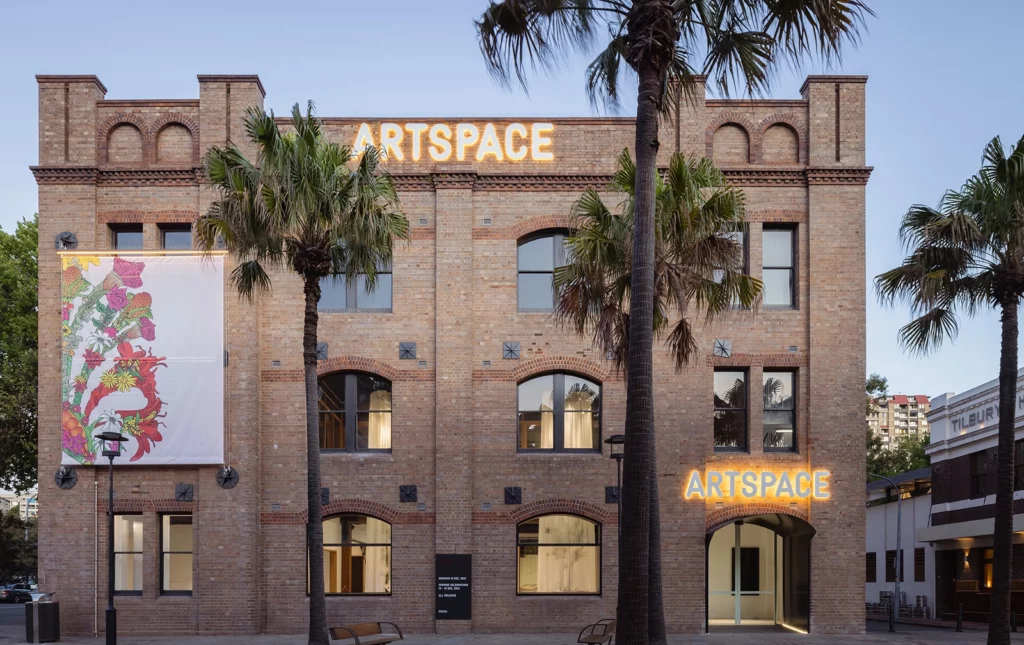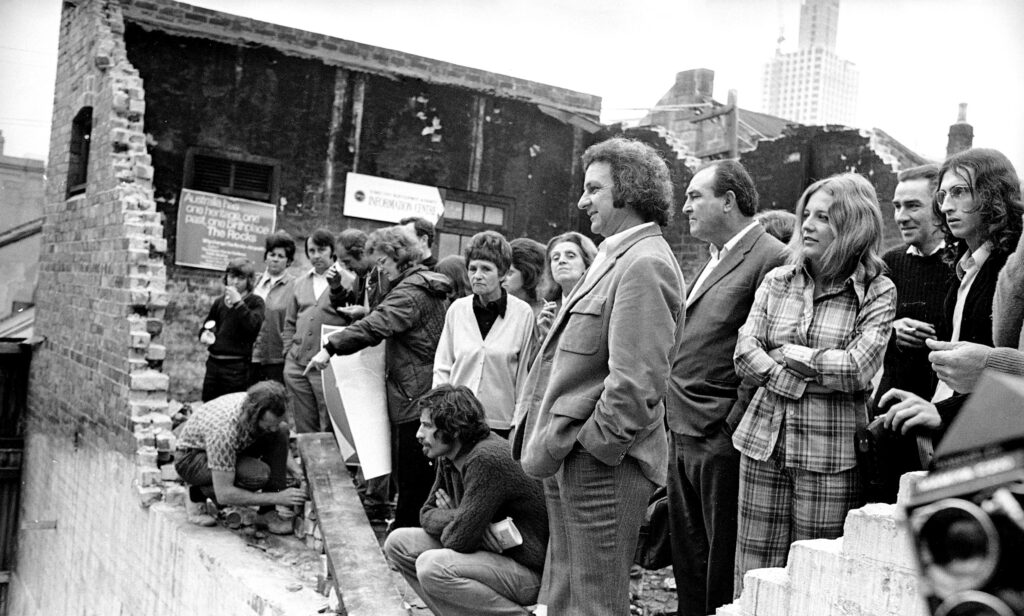
The ups and downs of historic apartment buildings
Heritage has been in the headlines. Right now, it’s either perceived to be in the way of delivering social and affordable housing, or it’s blithely ignored in discussions about design or densification.
Meanwhile the demolition of unlisted historic apartment buildings continues apace, especially in Sydney’s eastern suburbs. Superficially this might be counted towards delivery of housing targets, but dig deeper and it’s a different story.
Older apartment buildings dating from 1950s, 1960s and 1970s would ordinarily include a mix of studios, one and two bedders. Such buildings might host up to sixteen or more apartments. Presently there are many that are subject to redevelopment to include as few as five luxury three bedroom residences, or in some cases a single residence. This neither increases density or provides access to more affordable dwelling types. Rather it contributes to gentrification and erodes social diversity and existing housing typologies. Some councils have responded by passing motions to include “no net dwelling loss” provisions in their planning guidelines.
Sometimes there is an incentive to retain some fabric of existing apartment buildings, particularly where they are above current height controls. Now in a significant step towards addressing the increasing greenhouse gas emissions associated with new building development, the Sustainable Buildings State Environmental Planning Policy (SEPP), 2022, and technical notes consider the embodied energy in extant buildings. One of the strategies is retaining the existing structure or building envelopes. Under the SEPP all new residential and non-residential developments must report on embodied emissions from 1 October 2023.
The Frankfurt Declaration drafted following the 20th DOCOMOMO Germany Conference earlier this year goes even further, recognising the challenges in affordable housing, equality and quality of living environments, and the potential of existing building stock to achieve both climate objectives and housing supply. The declaration is ‘committed to the goals of the demolition moratorium which prioritises preservation, renovation, conversion and continuous improvement in existing buildings before demolition and new construction, combined with further measures and initiatives to bring about a building turnaround’. Similarly, this call to action is echoed by Pritzker Prize Laureate, Anne Lacaton, of Lacaton & Vassal, who implores us to ‘never demolish, always transform, with and for the inhabitants’.
Image: The Chilterns, 593 New South Head Road, Rose Bay, designed by Eric Douglas Forsyth Evans, 1953. Photograph by Max Dupain, c1954. Courtesy Mitchell Library, State Library of New South Wales.



